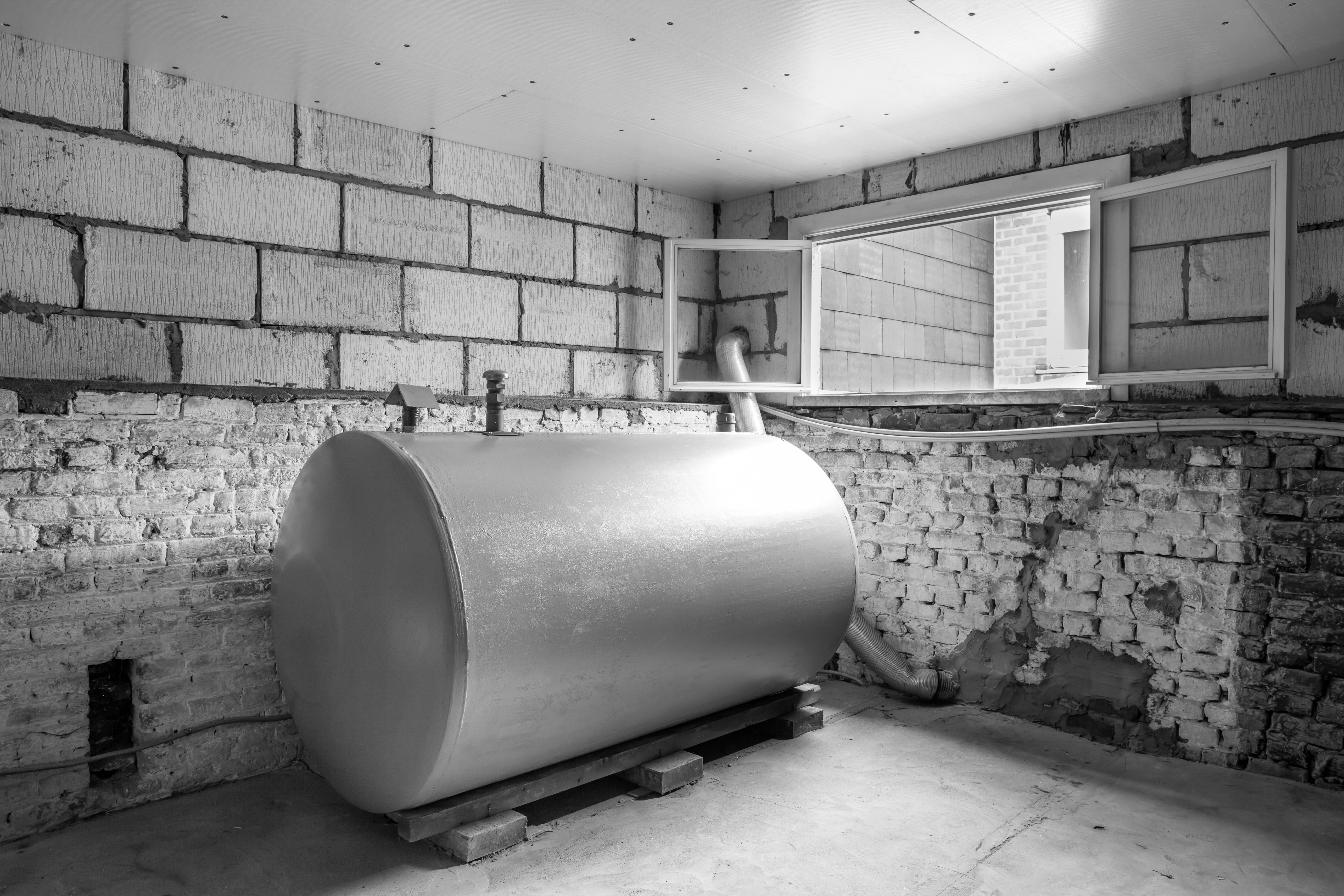The condition of residential oil tanks is often not considered by homeowners, but they are essential to the comfort and safety of your home. Tank replacement for oil is an investment of significant value which should be considered a top priority for homeowners, since it directly affects the safety of the environment and the infrastructure of the home.

Oil tanks for residential use are an unquestionable source of fuel for heating and hot-water systems. Over time, however corrosion may begin to develop that can cause leaks as well as environmental hazards. The state of the tank should be assessed by homeowners, and a replacement is a priority if it is needed. It is essential to replace your oil tank in a timely manner. not just a matter of financial concern but is an essential action to stop environmental contamination, protect the property, and ensure that there is a consistent supply of heating oil.
Costs are important to consider
The financial aspect of oil tank replacement is a major consideration for homeowners. The cost of an replacement for an oil tank can differ depending on the size of the tank, its location and whether there are any environmental regulations. Accurate cost estimates from reputable oil tank service providers is crucial for a successful budgeting. Although the initial cost may be high, this is important to ensure the safety and functionality in the home.
Factors Influencing Replacement Costs
Many factors affect the cost of replacement oil tanks. Each of these variables have an impact, including the size and design of the tank, as well as accessibility to the installation site. Owners of homes must be aware that labor and material costs are a factor, along with any possible upgrades. Knowing these costs empowers homeowners to make informed choices regarding the cost of replacement.
Prioritizing Environmental and Safety Considerations
Environmental and safety considerations take an important role in the replacing of oil tanks. The older tanks are more susceptible to leaks and corrosion and pose a risk of soil and groundwater contamination. When you replace damaged tanks, you’ll be able to safeguard the environment and your property. A stringent set of safety regulations is followed during the installation of new tanks in order to avoid accidents. This guarantees household safety is assured.
Finding a Reliable Service
For a simple, efficient replacement process, it is essential to choose a reputable service provider. Professionals with experience in the installation and removal of oil tanks are required by homeowners. Ideal is a company who has a track record of replacing oil tanks and is committed to environmental and safety. Oil tank replacement is handled by professionals who are trustworthy and have integrity.
The long-term benefits surpass the initial costs
Although the initial costs of replacing your oil tank might seem high, the benefits you’ll receive in the long run are priceless. The replacement of old tanks can help homeowners avoid costly environmental remediation and property damages caused by leaks. A new tank installation can offer improved security and efficiency, giving you peace of assurance. The end result is that replacing the oil tank is a proactive step that protects homes, encourages sustainability and provides the long-term security and comfort.
Tank replacement for oil is more than a financial choice. It is also a method homeowners can ensure the safety, efficiency and the environmental integrity of their home. Through understanding the significance of replacing, assessing the costs, and prioritizing environmental and safety considerations homeowners can make educated decisions. By performing preventive maintenance, and replacing damaged equipment homeowners can make a difference to a safe and sustainable living space.